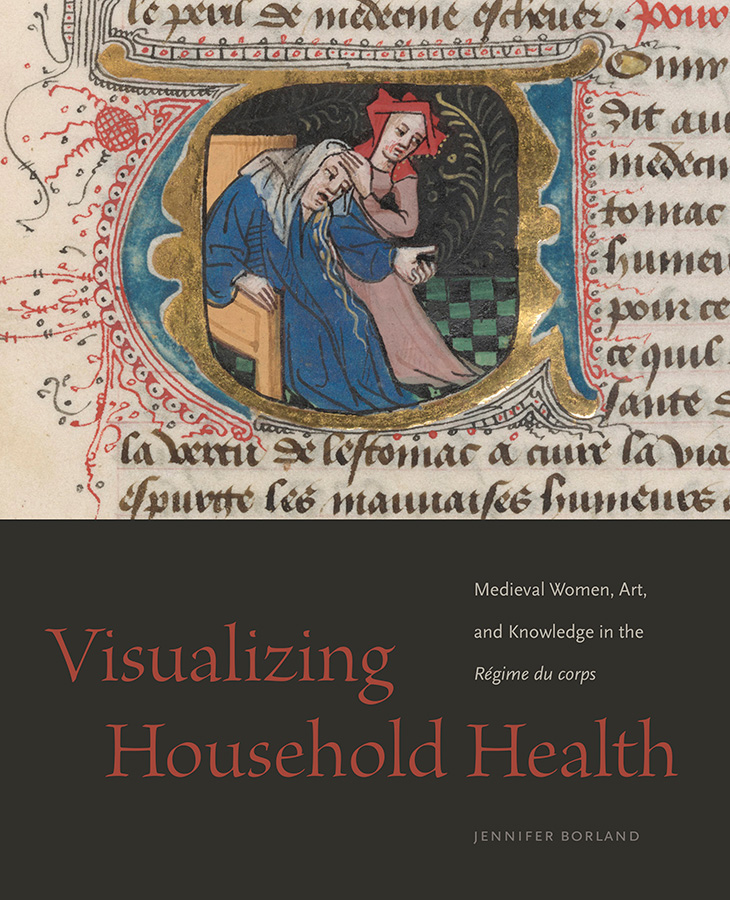
Borland wins 2025 Karen Gould Prize for academic title
Thursday, April 10, 2025
Media Contact: Jeff Hopper | Communications and Media Relations Manager | 405-744-5827 | jeff.hopper@okstate.edu
Dr. Jennifer Borland, professor of art, graphic design and art history at Oklahoma State University, recently won the 2025 Karen Gould Prize in medieval art history for her book, “Visualizing Household Health: Medieval Women, Art, and Knowledge in the Régime du corps.” The Karen Gould Prize in Art History is awarded by the Medieval Academy of America.
This academic title explores images found in medieval manuscripts and focusing on women and health care represented through an artistic perspective. This award recognizes Borland's exceptional work and innovative approach to evaluating the relationship between medieval manuscripts and household health.
“I knew very early on that I wanted to study art history,” Borland said. “I've always been really interested in art, and when I realized that there was a field of study where you get to look at amazing artwork, think about it, explore its impact on the different moments of culture. I think that has always been really appealing to me.”

Many of the images throughout the manuscripts and Borland's book show the role women played in household medicine. From food preparation to cupping therapy and childbirth, women played a central role in distributing these care practices to family members.
The original text is said to have been compiled in 1256 for the countess Beatrice of Savoy. Aldobrandino of Siena, Beatrice’s personal physician, is the attributed author. The French text provided medical advice and information to elite and domestic households.
Writing books about art history can be a very long process because of all the images used and all the research. Eventually, the book was submitted to Pennsylvania State University Press in 2020 to be printed. It was finalized in 2022.
This book took 12 years to compile all the different images and research for all the various pieces for each manuscript. Borland traveled to New York, England, and France to physically look through the manuscripts and analyze the images.
“It’s the most rewarding thing, the day that you get your book and you have it in your hands, and it’s a real thing. It’s very fulfilling,” Borland said.
Borland found a way to combine the history of medicine, art history, and gender studies into a compelling and engaging book that teaches readers how health care was managed in the medieval household. This award recognizes the humanities at OSU, and demonstrates the contributions of art historians to our understanding of history and culture.
Story By: Darby Rains | darby.rains@okstate.edu
